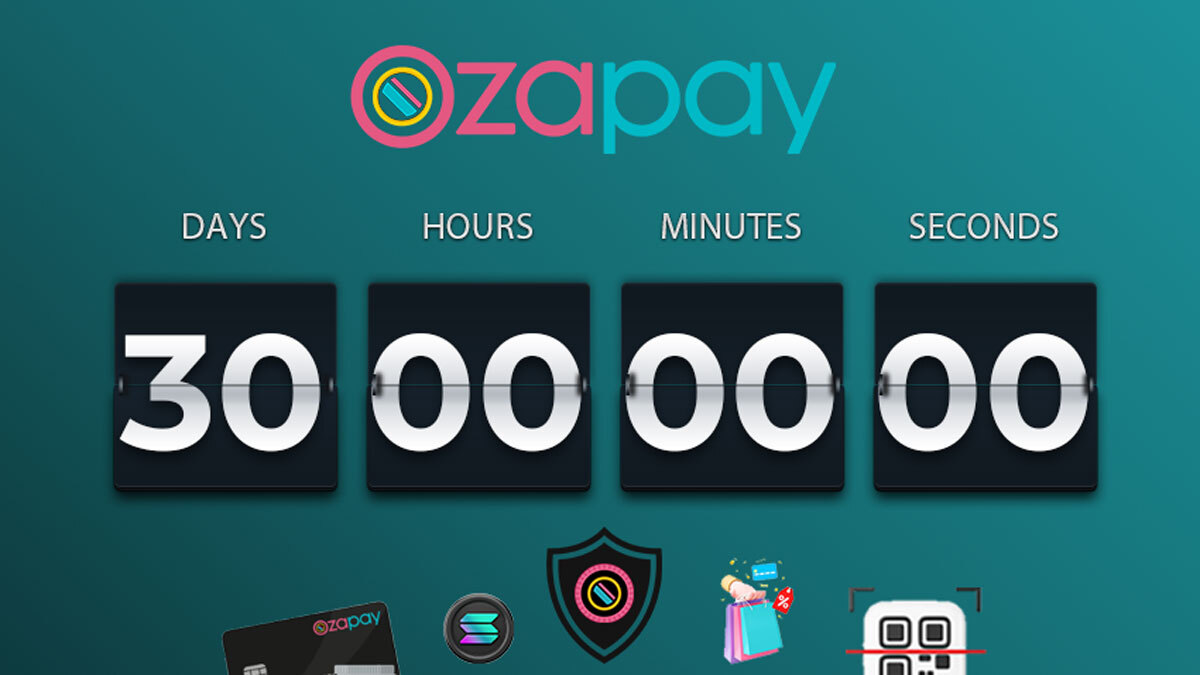
Solana price seems to be gearing up for a recovery after crypto investment firm Galaxy Digital sold Ethereum and purchased $98M worth of SOL. This purchase has sparked optimism that the Solana price can rally past $200, but a bearish formation in the SOL/BTC chart suggests that bearish headwinds are still at play.
Galaxy Digital Swaps ETH With SOL – Can Solana Price Hit $200?
According to a recent X post by Lookonchain, on-chain data shows that Galaxy Digital is selling Ethereum while accumulating Solana, suggesting that a strong price move is on the horizon. In the last two weeks, this entity has sent $105M ETH to Binance and withdrawn $98M SOL from the exchange.

This activity shows that the crypto investment firm is bearish on Ethereum, while being bullish on the SOL value today despite the altcoin’s recent struggles to bounce past the resistance level of $140. The optimism has investors wondering whether the Solana price may hit $200 soon as more whales accumulate.
Data from Solscan shows that a newly created Solana wallet has withdrawn 44,116 SOL valued at more than $6M and staked the tokens. As SOL staking activity picks up, it reduces the altcoin’s supply, which then bodes well for the price if demand also rises.
Meanwhile, Santiment revealed that the level of positive sentiment towards SOL has increased significantly in the last two days, which is also a sign that many traders are bullish about the altcoin. This coincides with an X post by analyst CryptoCurb who noted that a Solana cycle is looming.

As institutions accumulate when the level of SOL staking is high and the market sentiment is highly positive, it signals a bullish Solana price prediction and that the token might soon surge past $200. However, there are several obstacles that SOL needs to clear before making such an upswing.
Analyst Identifies Bearish Pattern on SOL/BTC Chart
Despite the bullish on-chain data, Solana price seems to be underperforming relative to Bitcoin, which recently surged to a three-week high above $88,000. Bitcoin trader Tuur Demeester has observed that SOL/BTC has lost support at around $0.0020, suggesting that SOL is poised to continue underperforming against BTC.
The analyst also observed that the last time the SOL/BTC trading pair lost critical support, it plunged by 82% within one year. If history rhymes and this trading pair falls by 82% from the current support, it might plunge to a record low of 0.00036.

In conclusion, Solana might clear key levels as accumulation by institutions, a spike in positive sentiment, and staking activity indicate that a rally past $200 is looming. Despite these bullish metrics, the SOL/BTC pair is dropping after losing a critical support level, which suggests that Solana price might continue to underperform against Bitcoin.
The post Can Solana Price Hit $200 As Galaxy Digital Replaces ETH With SOL? appeared first on CoinGape.








